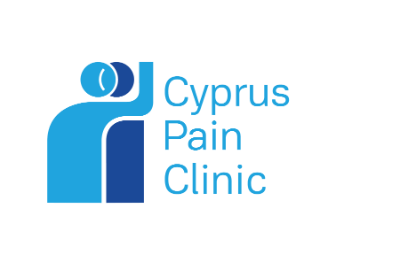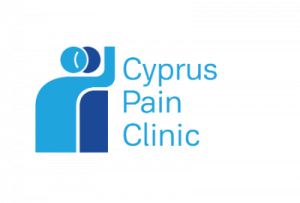Knee osteoarthritis is a condition that causes chronic pain. Pain located in the area of the degenerated knee is sharp, excruciating, becomes more intense with movement, and results in the forced limitation of the sufferer’s activities.
When the condition is advanced and medication does not adequately control the pain, there are conservative and surgical treatments available to address chronic pain, which clearly affects the patient’s Quality of Life.
Surgery is typically beneficial for people with advanced disease, although it may not be a good option for the elderly or patients with other comorbidities.
Some patients prefer non-surgical alternatives to surgery. To successfully lessen pain and enhance quality of life in these patients, radiofrequency treatment to the genitourinary nerves has been shown to be effective.
Neurolysis for Painful Knees
The application of radiofrequencies (RF) to synovial nerve branches (genital nerves) provides a painless and safe therapeutic technique for the palliative management of chronic pain in patients with knee osteoarthritis. The idea behind this procedure is that by blocking alginate stimuli (pain) from reaching the spinal cord, pain will be reduced.
Application of radiofrequencies (RF)
Genicular nerve radiofrequency block
What does this procedure look like?
The knee joint is innervated by the synovial branches of various nerves, known as the genicular nerves. These nerves can be easily accessed with a fine needle under fluoroscopic guidance. Typically, the procedure is performed under local anesthesia. Using radiofrequencies, the doctor achieves neurolysis, i.e., destruction of these nerves. About 15-30 minutes are required for the entire procedure.
Indications for genicular nerve radiofrequency block
• Patients with chronic knee pain due to underlying osteoarthritis
• Patients after failed knee replacement surgery
• Patients who are not eligible for surgery
• Patients who want to avoid surgery
What should I expect after this procedure?
For the majority of patients, pain relief is immediate. Compared to other intra-articular cortisone or hyaluronic acid infusion procedures, this effect typically lasts much longer. Re-treatment is an option.


